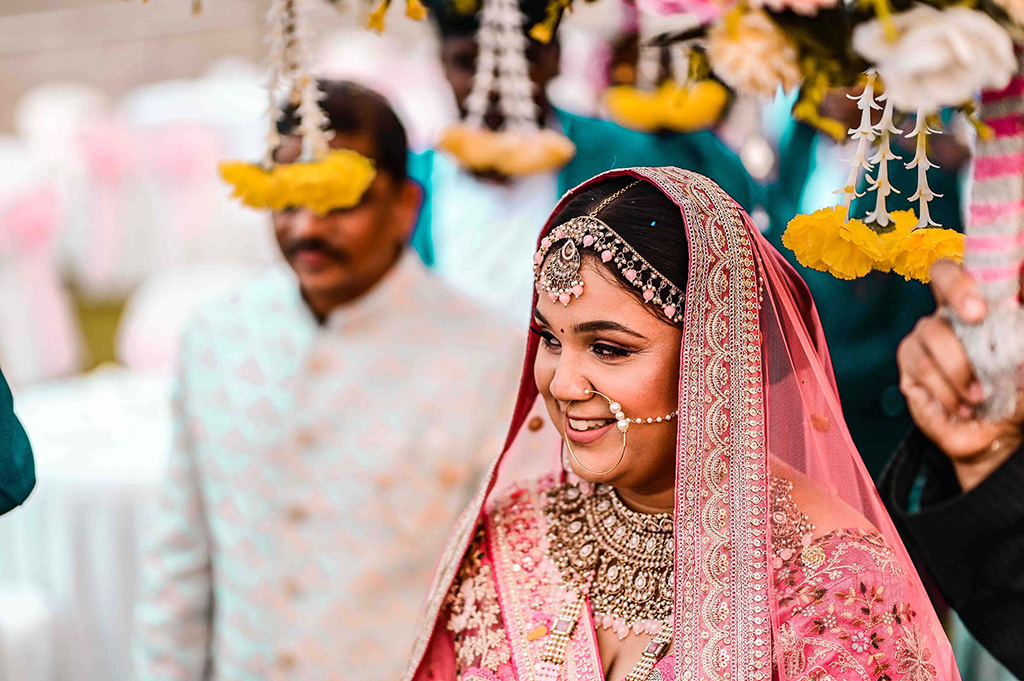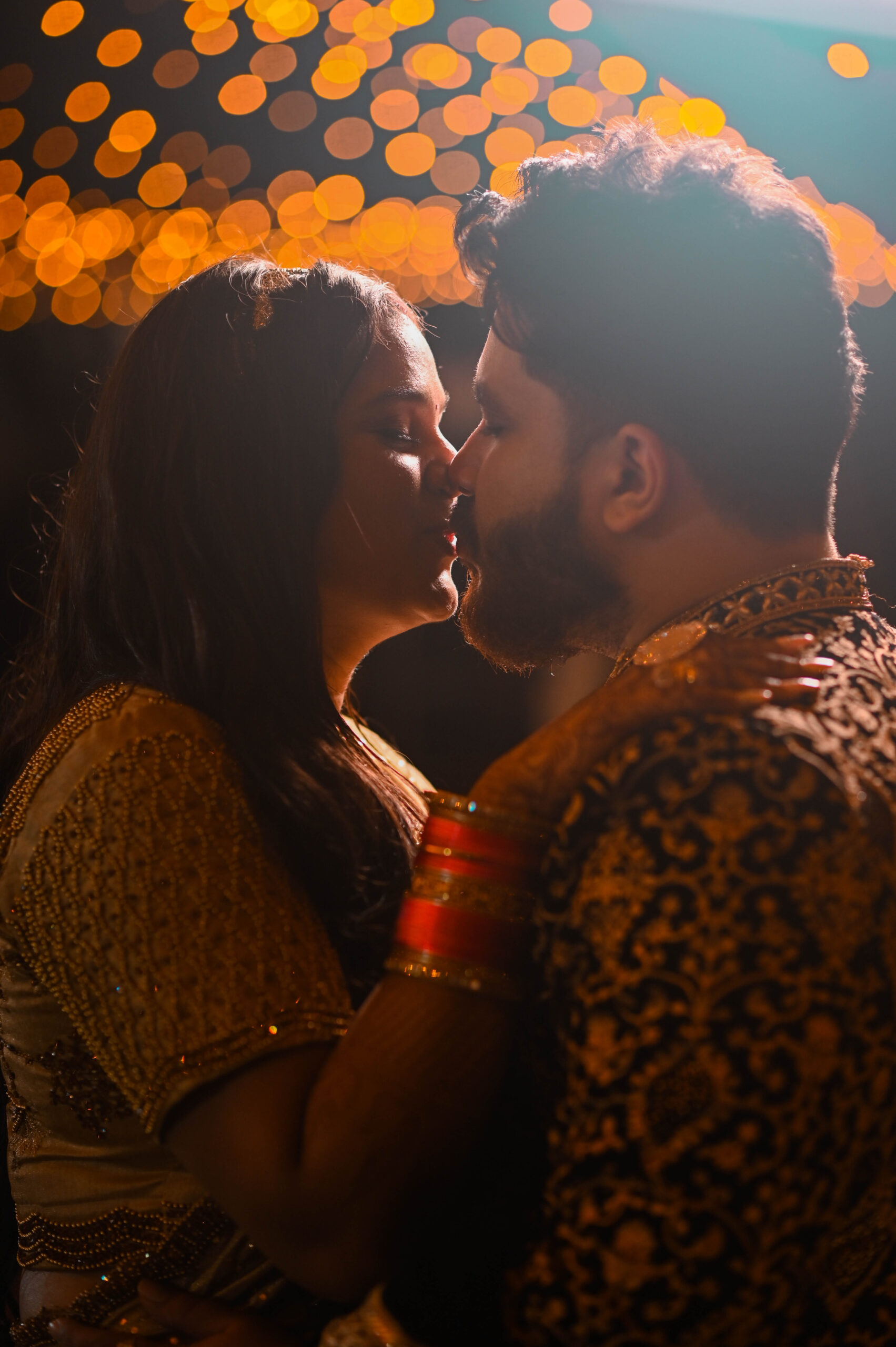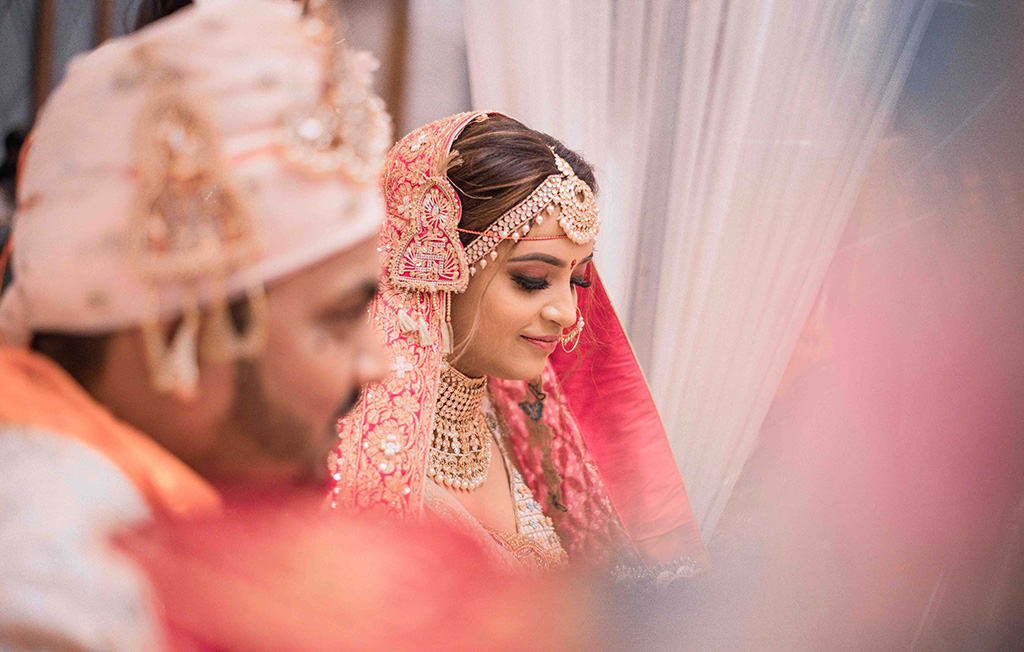Introduction
wedding photography is a unique and powerful form of storytelling, where every photograph serves as a timeless record of a couple’s most special day. While wedding photography often focus on a myriad of technical and emotional aspects, one of the most significant, yet often underappreciated, elements is the physical movement of people. This movement—whether subtle or dynamic—helps capture the energy and life of the wedding day. Physical movement, in wedding photography, refers not only to the motions of the bride, groom, and wedding party but also to the fluid interactions among guests, objects, and the environment.
This essay will explore the role of physical movement of people in wedding photography, examining how photographers capture these moments to create dynamic, engaging, and emotionally resonant images. From pre-ceremony preparations to the reception’s dance floor frenzy, physical movement offers the photographer a way to tell a compelling visual story. Understanding and mastering the capture of physical movement can transform a wedding photographer’s work, elevating their ability to communicate the essence of the event through photos that feel alive.
The Importance of Physical Movement in Wedding Photography
Movement in wedding photography contributes to the overall narrative and emotional texture of the day. Physical movement provides both a storytelling device and a technical challenge for the photographer, requiring skillful timing and attention to detail. Understanding how to capture these movements effectively can elevate the quality of the photographs, bringing them beyond static, posed images into dynamic, engaging visual stories.
Physical movement is critical in conveying energy, celebration, emotion, and life. By focusing on the movement of people, wedding photography capture moments that express the personalities of the couple, the vibrancy of the celebration, and the natural flow of events. Whether it’s the groom’s first reaction as his bride walks down the aisle, the bride twirling in her dress, or the joyous energy of guests dancing at the reception, every instance of movement has a significant role to play.
A Moving Ceremony
The ceremony is arguably the most significant part of a wedding, filled with emotions, rituals, and a series of key movements that are worth capturing. The physical movement of people during the ceremony involves everything from the bride’s entrance to the couple’s first kiss and even the exchanging of rings. The photographer’s ability to anticipate and effectively capture these movements ensures that the essence of the ceremony is preserved.
The Bride’s Entrance
One of the most iconic movements in a wedding ceremony is when the bride walks down the aisle. This moment is symbolic, emotional, and often filled with anticipation. As the bride makes her entrance, photographers are tasked with capturing both the movement of the bride and the emotional reactions of everyone around her, including the groom, the family, and the guests.
The groom’s reaction as he first sees his bride is also a powerful emotional movement that should be captured with precision. A photographer should focus on the delicate balance between timing and composition to preserve the physical movement of the bride while also emphasizing the emotional connection between the couple. Slow shutter speeds can be employed to capture the flowing motion of the bride’s gown, while a fast shutter speed can freeze the groom’s expression and the reactions of the guests.
The Exchange of Vows and Rings
The exchange of vows and the ring exchange are moments filled with significant emotional and physical movements. The couple speaks words that solidify their commitment to one another while also performing an action—placing the rings on each other’s fingers. These moments involve hand movements, facial expressions, and subtle gestures that a skilled photographer can capture to convey the intimacy and significance of the moment.
Photographers should pay attention to the slight movements in the hands—such as the groom’s hands as he slides the ring on the bride’s finger or the way the couple may gently hold hands during the vows. These seemingly small movements are critical because they help convey the emotional connection and the deeper meaning behind the ceremony.

The First Kiss
Another highly anticipated moment filled with physical movement is the first kiss. This kiss marks the official union of the couple and is one of the most photographed moments of the wedding. The photographer must be ready to capture the kiss in motion. Timing is essential here, as a kiss can be over in a fraction of a second. A fast shutter speed can freeze the action, while a slight motion blur can convey the sensuality and energy of the kiss.
The first kiss also allows the photographer to capture the reactions of the guests, as their facial expressions, laughter, and clapping often add to the emotional resonance of the photograph.
Movement in Post-Ceremony Moments
Following the ceremony, the wedding moves into the reception, where the physical movement of people becomes even more pronounced. The reception is often filled with high-energy moments that provide ample opportunities for dynamic shots. Guests are dancing, laughing, and celebrating, while the couple moves between their guests, greeting them and engaging in conversation.
The First Dance
The first dance is one of the most anticipated moments during the reception. As the couple glides across the dance floor, the photographer has the opportunity to capture their graceful movement, the closeness of their embrace, and the emotion of the moment. Here, movement is not only physical but also emotional. The photographer must capture the physical motion of the dance while also preserving the intimacy and joy that the couple feels.
Using techniques like panning (a technique where the camera moves with the subject) can give the photograph a sense of motion and fluidity, making the moment feel more dynamic. Alternatively, a freeze-frame approach can focus on sharp, poignant moments within the dance, such as a tender kiss or an affectionate smile exchanged between the couple.
Dancing with Guests
The dance floor becomes a space where the entire wedding party and guests come alive. It is one of the most dynamic and energetic times of the day, with people of all ages dancing, laughing, and celebrating. This movement is less controlled and more spontaneous than the formal moments of the ceremony, offering the photographer a wide array of candid moments to capture.
Photographers can use continuous shooting mode to capture a series of frames in quick succession, ensuring they don’t miss any energetic or spontaneous moments. The movement of guests, whether it’s a group of people forming a circle, a guest twirling on the dance floor, or children running around, contributes to the vibrant energy of the reception. The key is to anticipate these moments and be ready to capture them in motion, using fast shutter speeds to freeze the action.
The Role of Movement in Candid Photography
Weddings are filled with unscripted moments where guests interact and move naturally. Candid photography relies on capturing these unposed, spontaneous movements that reflect the true emotions of the day. The beauty of candid shots lies in their ability to convey genuine emotions and human connections, which may otherwise be overlooked in posed portraits.
Whether it’s a child chasing a butterfly, a guest whispering something funny to another, or a grandmother wiping a tear from her eye, these candid movements often capture the heart and soul of the wedding day. A photographer’s ability to anticipate and freeze these moments of authentic movement allows them to tell a richer and more emotional story of the event.

Technical Aspects of Capturing Physical Movement
Capturing the physical movement of people in wedding photography requires a combination of technical expertise and artistic intuition. The photographer must understand the tools of the trade, such as shutter speed, aperture, and composition, and how they interact with each other to freeze or emphasize movement.
1. Shutter Speed and Motion
Shutter speed is perhaps the most important technical element when it comes to capturing movement. A fast shutter speed (such as 1/500th of a second or higher) can freeze action and preserve sharp details, making it ideal for moments when the movement is quick and sharp, like the bride walking down the aisle or guests dancing.
On the other hand, a slow shutter speed (such as 1/30th of a second or slower) can create a motion blur effect, which conveys the feeling of fluidity and movement. This can be especially useful for shots of dancing, where the goal is not to capture each precise moment, but to convey the energetic flow of the dance.
2. Aperture and Depth of Field
The aperture also plays an important role in capturing movement. A wide aperture (small f-stop number, like f/2.8) will create a shallow depth of field, allowing the subject of the movement to remain sharp while the background blurs. This technique can isolate the couple or a guest from the busy background of the wedding, focusing the viewer’s attention on the action.
Conversely, a narrow aperture (larger f-stop number, like f/8 or f/11) provides a greater depth of field, ensuring more of the scene remains in focus. This can be useful for wide shots of guests dancing, where multiple people and actions should be captured in sharp detail.
3. Composition and Timing
Lastly, composition is critical in capturing physical movement. A photographer must decide on the framing and perspective that best tells the story of the moment. Whether it’s capturing the bride mid-step, the groom lifting the bride during their first dance, or guests leaping in the air during the reception, the photographer must find a composition that complements the movement and enhances the overall impact of the image.
1. The Importance of Lighting in wedding photography
Setting the Mood
Lighting dictates the ambiance of a photograph. Soft, golden-hour lighting creates romantic and ethereal images, while dramatic uplighting can enhance a sense of grandeur during receptions.
Highlighting Details
Proper lighting ensures that key details—like the bride’s dress, floral arrangements, and table settings—are captured in their full glory. It brings out textures, colors, and intricate designs.
Guiding the Viewer’s Eye
Lighting helps direct focus within a frame. Techniques like spotlighting or backlighting can emphasize the couple, making them the focal point of an image.
Creating Emotional Impact
Different lighting styles evoke distinct emotions. Warm lighting conveys intimacy, while sharp contrasts can add drama or intensity to the moment.
2. Common Lighting Scenarios in Wedding Photography
Natural Light (Daytime)
- Outdoor Ceremonies: Bright sunlight can create beautiful, crisp images, but harsh midday light may lead to overexposed highlights and strong shadows.
- Golden Hour: The hour before sunset offers soft, warm light that flatters skin tones and adds a dreamy quality to photos.
- Overcast Skies: Cloudy weather acts as a natural diffuser, providing even lighting and reducing harsh shadows.
Indoor Lighting
- Churches and Halls: These venues often have limited natural light, requiring photographers to rely on artificial lighting or adjust camera settings to capture the ambiance.
- Reception Venues: Dimly lit spaces with candles, string lights, or uplighting create a romantic atmosphere but pose challenges in achieving sharp, well-exposed images.
Mixed Lighting
Weddings often feature a combination of light sources, such as natural light streaming through windows combined with artificial venue lighting. Managing these variations requires careful balancing to avoid color temperature mismatches.
Nighttime and Low-Light Conditions
Evening receptions, fireworks displays, and late-night dances typically occur in low-light settings. Photographers must creatively use flash, continuous lighting, or long exposures to capture these moments effectively.
3. Techniques for Adapting to Lighting Variations
Using Natural Light Effectively
- Positioning: Place the couple at angles that make the most of available light. For example, side lighting can add depth, while backlighting creates dramatic silhouettes.
- Reflectors: Reflectors help bounce light onto subjects, softening shadows and illuminating details.
- Diffusers: Diffusing harsh sunlight reduces glare and prevents overexposure, especially during midday shoots.
Mastering Artificial Lighting
- Flash Photography: On-camera and off-camera flashes provide controlled lighting in dim settings. Diffusers or softboxes can soften the intensity of the flash.
- Continuous Lighting: LED panels or portable lights offer consistent illumination, allowing photographers to compose shots more accurately in low-light conditions.
- Light Modifiers: Tools like gels, snoots, and grids shape artificial light to create specific effects or match the venue’s lighting.
Balancing Mixed Lighting
- White Balance Adjustments: Manually adjust the camera’s white balance to harmonize different color temperatures, ensuring consistent tones in the final image.
- Color Correction in Post-Processing: Editing software can help correct color inconsistencies caused by mixed lighting sources.
Low-Light Photography Tips
- Wide Apertures: Use fast lenses (e.g., f/1.8 or f/2.8) to allow more light into the camera.
- Higher ISO Settings: Increase ISO sensitivity to brighten images, balancing noise reduction in post-processing.
- Tripods for Stability: Long exposures benefit from a stable setup to avoid motion blur in low-light environments.
4. Creative Use of Lighting in wedding photography
Silhouettes and Backlighting
Positioning the couple against a strong light source, such as a sunset or a spotlight, creates striking silhouettes that add drama and artistry to the composition.
Light Trails and Bokeh
Using string lights or sparklers creatively, photographers can achieve dreamy bokeh effects or light trails, adding a magical element to the photographs.
Dramatic Shadows
Playing with light and shadow enhances depth and intrigue. Patterns from lace curtains or foliage can create unique shadow effects on the couple or the surroundings.
Lighting for Motion
Well-timed flashes or continuous lighting can freeze action during dances or create intentional motion blur for artistic flair.
5. Challenges in Managing Lighting Variations
Dynamic Wedding Timelines
Weddings involve shifting from one location to another, each with unique lighting conditions. Photographers must adapt quickly, often without the chance to test settings extensively.
Harsh Sunlight
Midday sun can cause squinting, harsh shadows, and blown-out highlights. Finding shade or using fill light helps mitigate these issues.
Color Temperature Discrepancies
Mixed lighting sources can result in unflattering color casts, such as yellowish tones from tungsten bulbs or greenish hues from fluorescents. Balancing these requires expertise in both shooting and editing.
Unpredictable Weather
Outdoor weddings are subject to sudden changes in light due to cloud cover or shifting weather, demanding flexibility and preparedness from photographers.
6. Essential Equipment for Handling Lighting Variations
Reflectors and Diffusers
Portable and versatile, these tools are indispensable for managing natural light and reducing harsh shadows.
Speedlights and Flashes
External flashes with adjustable power settings provide flexibility in diverse lighting conditions. Off-camera setups offer even greater creative control.
Continuous LED Lights
Lightweight and portable, LED panels provide consistent lighting, especially in low-light or indoor settings.
Light Stands and Modifiers
Tools like softboxes, umbrellas, and grids help control and diffuse light, creating flattering and consistent illumination.
High-Quality Lenses
Fast lenses with wide apertures perform exceptionally well in low-light situations, reducing reliance on artificial lighting.
7. The Role of Post-Processing in Managing Lighting Variations
Editing software like Adobe Lightroom and Photoshop allows photographers to refine images by:
- Adjusting exposure and contrast.
- Balancing highlights and shadows.
- Correcting white balance for consistent color tones.
- Adding creative effects, such as vignettes or selective lighting enhancements.
Post-processing complements in-camera techniques, ensuring every photograph reflects the intended vision.
8. Trends in wedding photography Lighting
Natural Light wedding photography
Minimalist and organic styles prioritize natural light to create authentic and timeless images.
Moody and Dramatic Lighting
High-contrast lighting setups, often used for editorial-style photography, add a sense of sophistication and depth.
Creative Light Installations
Couples increasingly incorporate string lights, neon signs, and chandeliers into their decor, providing photographers with innovative lighting opportunities.
Conclusion
The physical movement of people is an essential element of wedding photography that adds dynamism, life, and energy to the final collection of images. Whether it’s the bride’s entrance, the couple’s first dance, or the lively interactions of the guests during the reception, these moments of movement tell a powerful story that goes beyond traditional posed wedding photography. By mastering the technical aspects of motion capture—such as shutter speed, aperture, and composition—and by anticipating the spontaneous, unscripted moments that define the day, wedding photography can create a visual narrative that feels alive, vibrant, and deeply emotional. Movement in wedding photography is not just a technical challenge, but a means of capturing the heartbeat of the celebration—moments that will live on in wedding photography for a lifetime.















